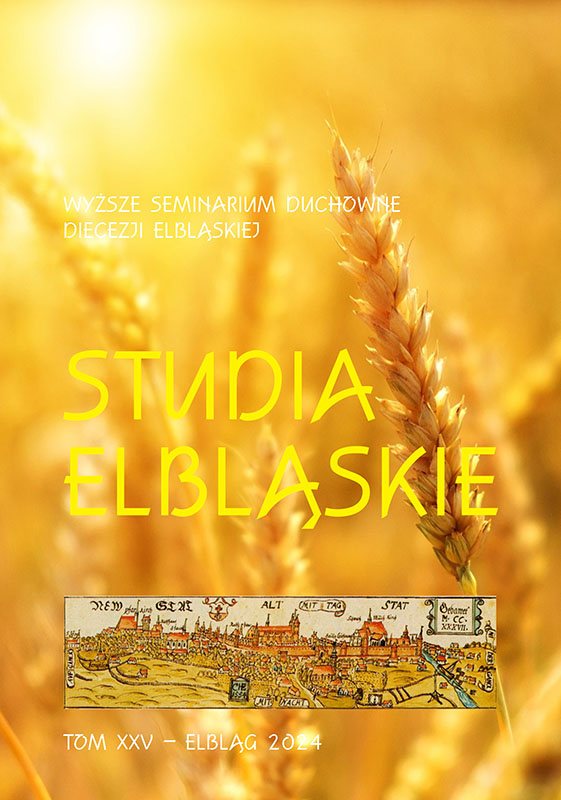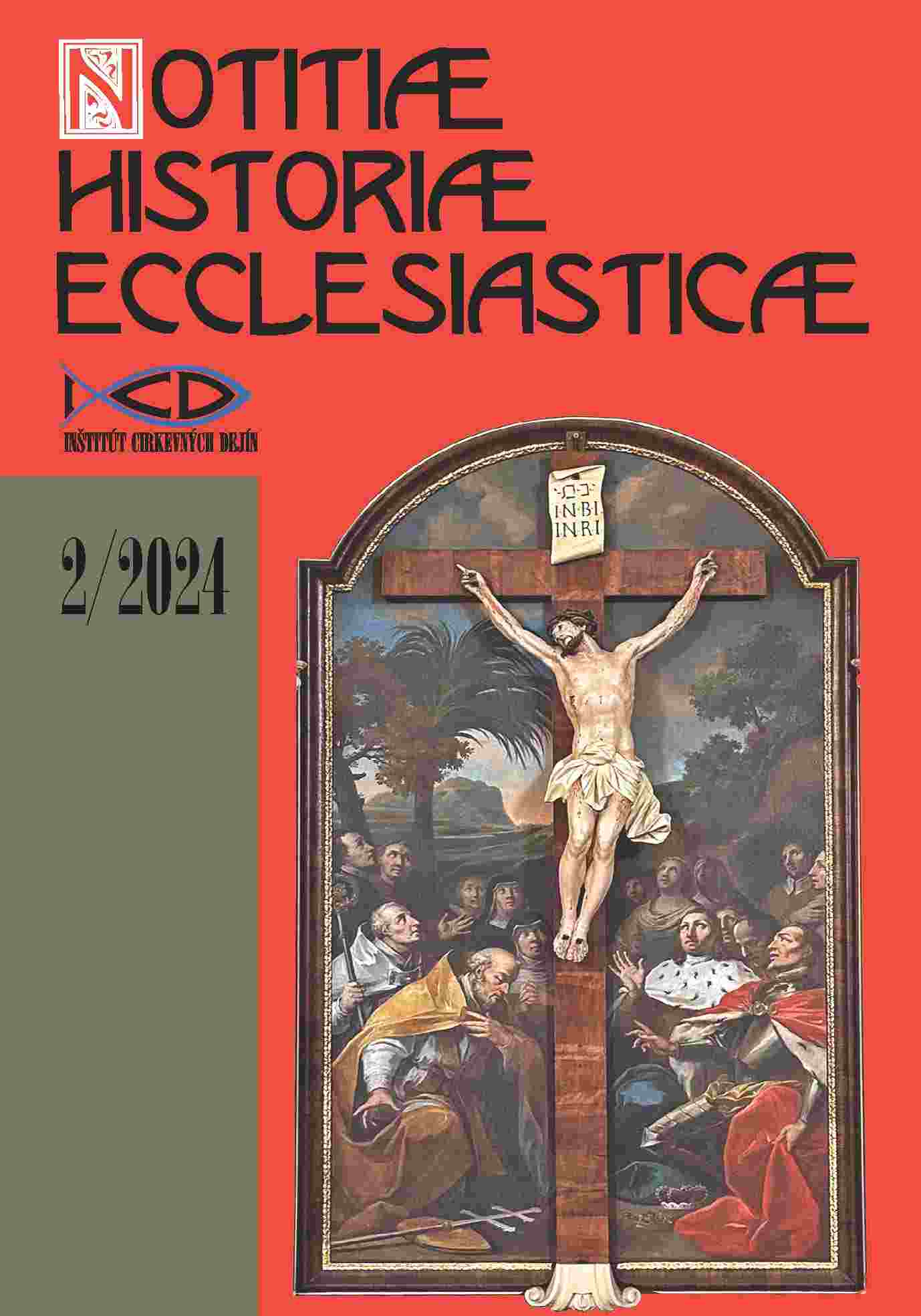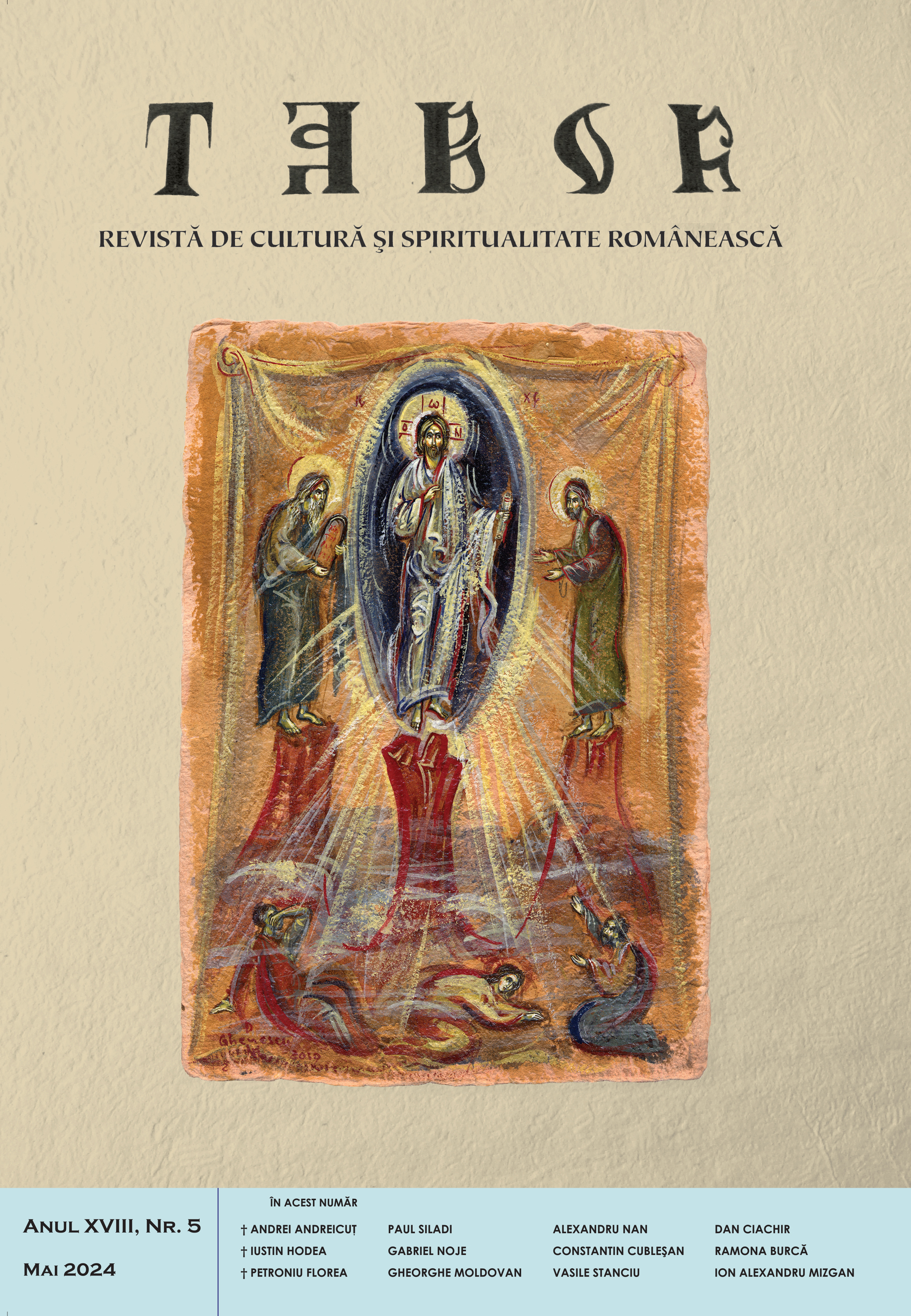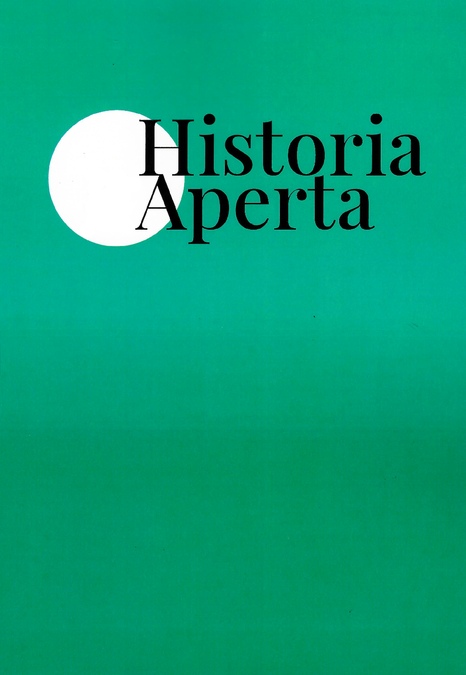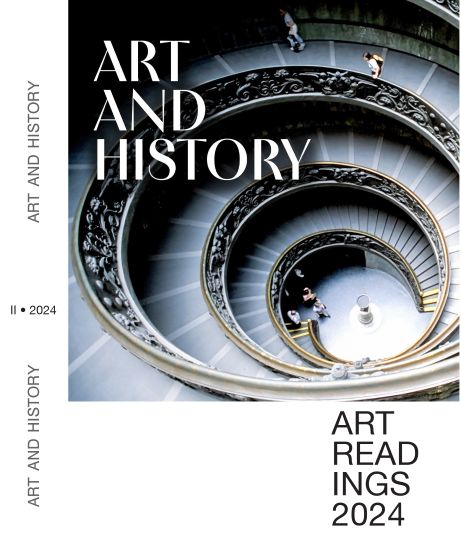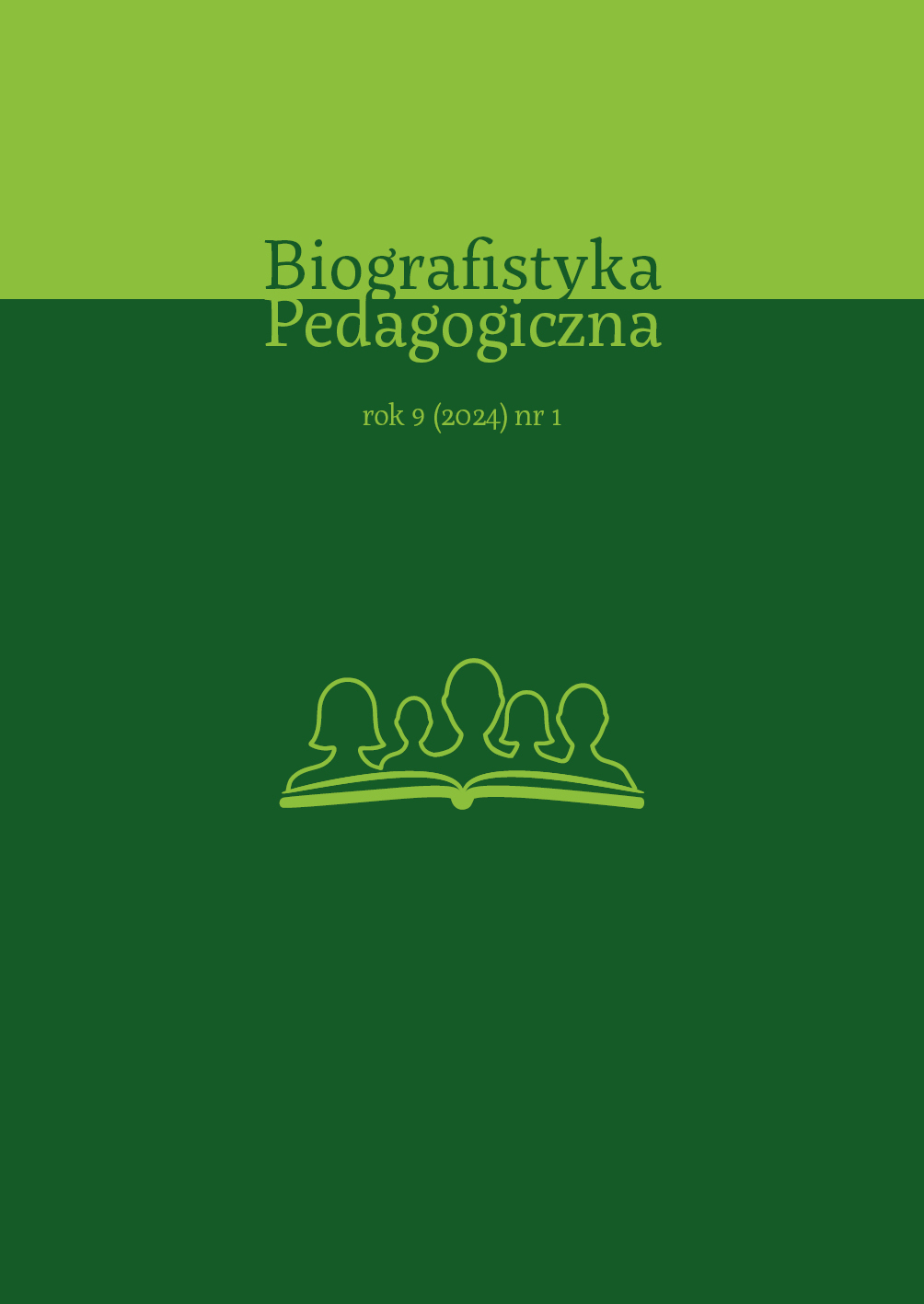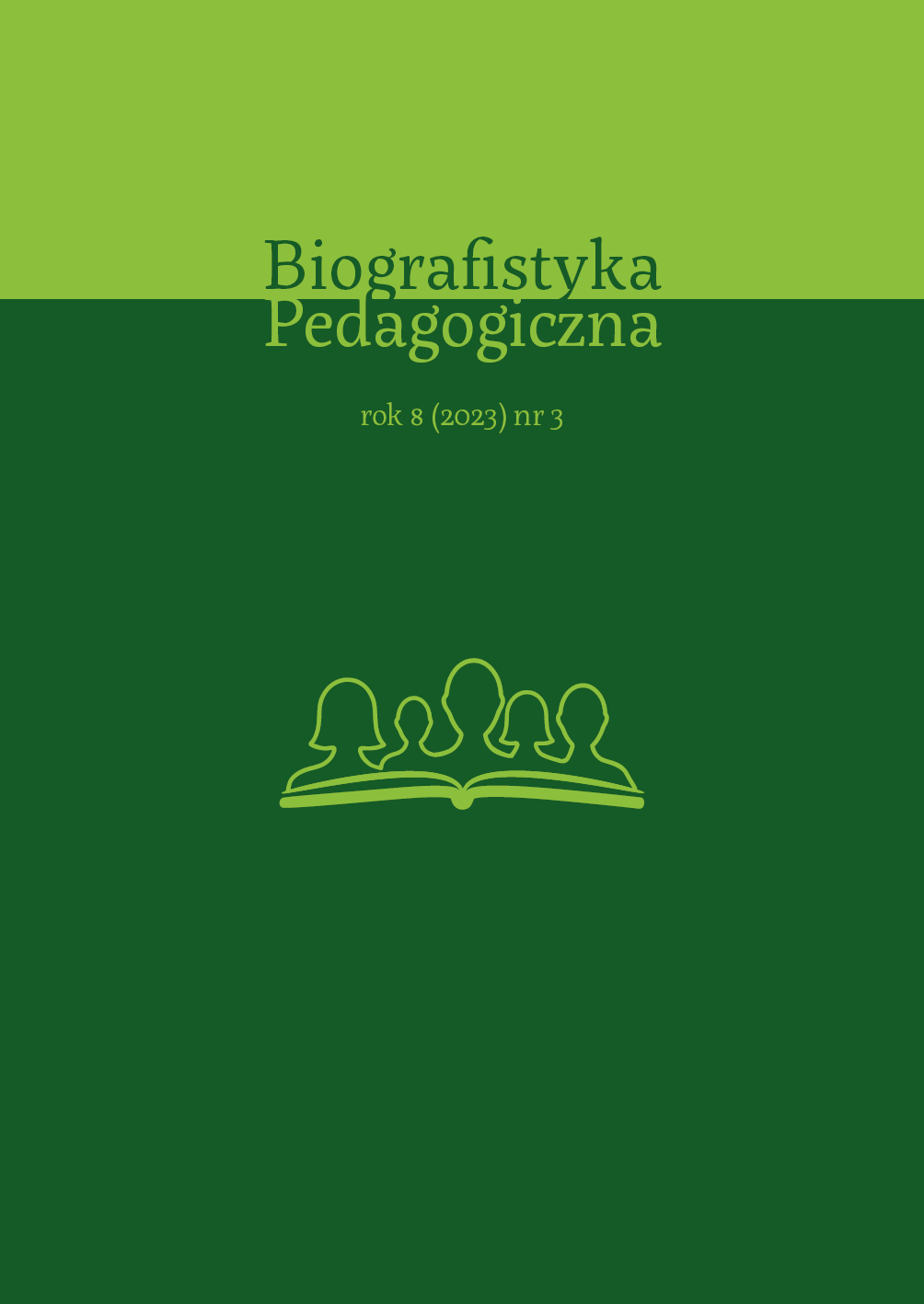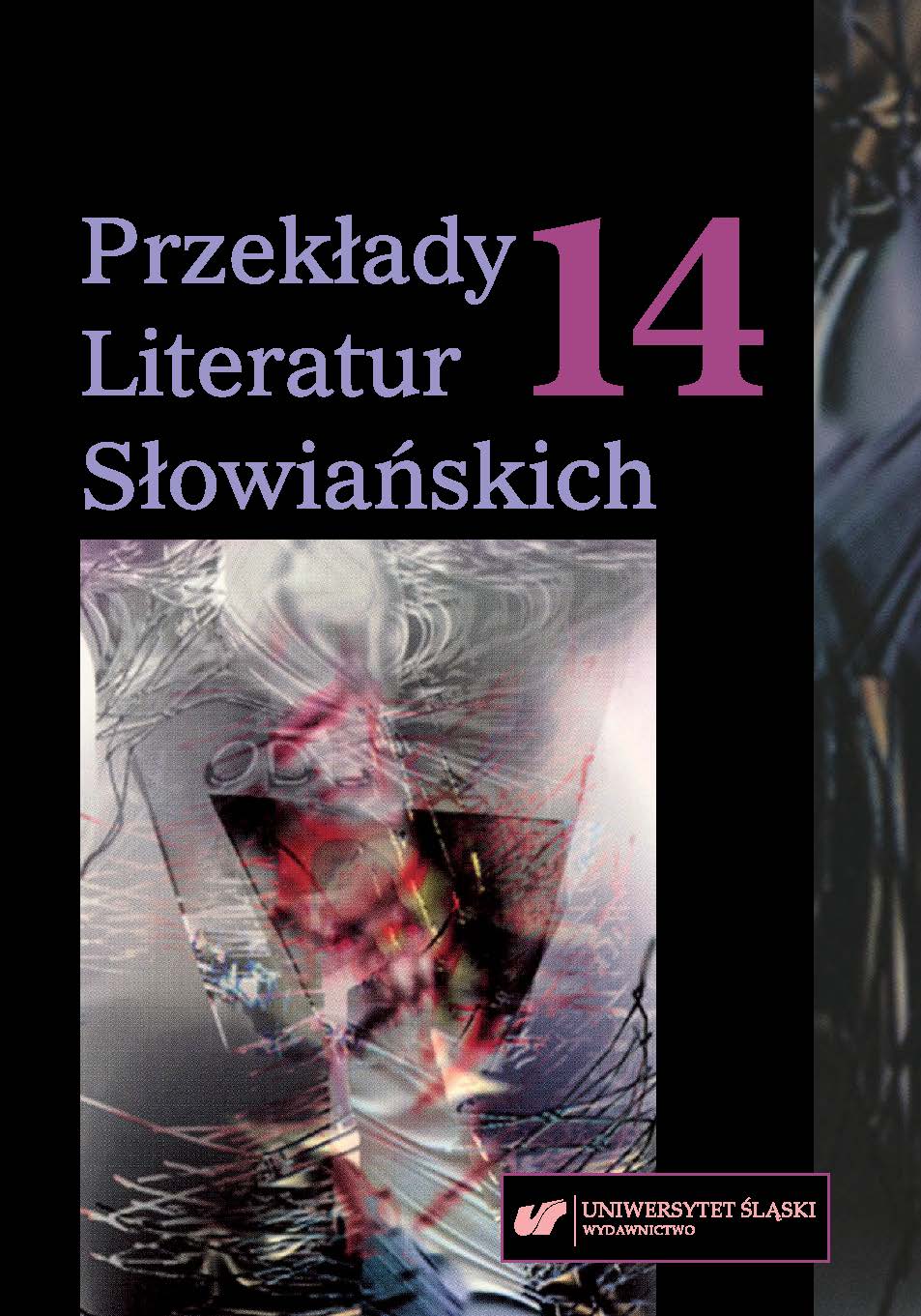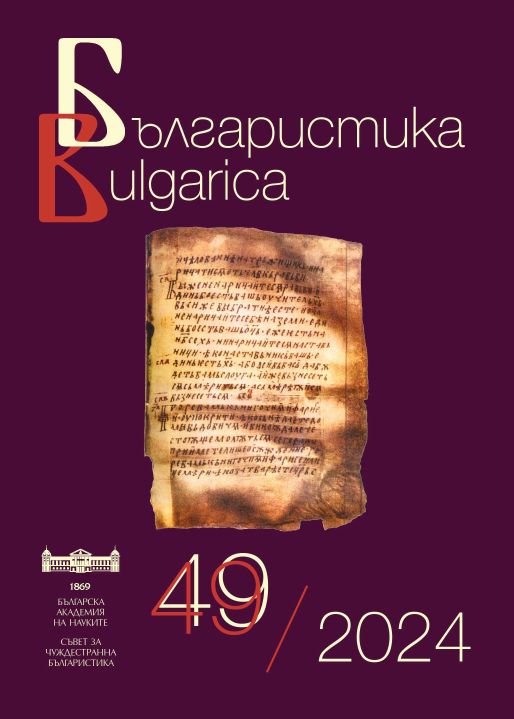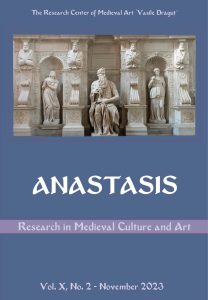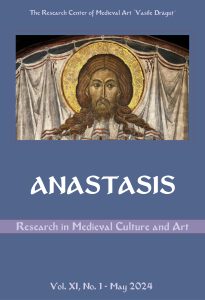Exploring tourists' perceptions and influencing factors of creative tourism in Europe
The emergence of co-creative interactions between tourists and touristic activities has extended in Europe generating increased interest, driven by contemporary trends in tourism emphasizing meaningful, authentic experiences and direct engagement with culture and local communities. Our paper aims to reveal insights and nuances in tourists' perceptions of creative destinations in Europe. The findings are based on a literature review on creative tourism and a qualitative methodology of two focus groups carried out with 20 people in total from 13 countries from Europe, including Bulgaria, Croatia, Estonia, Germany, Greece, Italy, Latvia, Lithuania, North Macedonia, Poland, Portugal, Romania and Spain. Within the focus groups there were explored the levels of understanding on the creative tourism concept, European destinations associated with creative tourism, influencing factors that stimulate engagement in creative tourism experiences in Europe as well future perspectives of creative tourism evolving in Europe. A diversity of opinions have emerged in consideration of creative tourism trends and patterns and the idea of a 'one-size-fits-all' model resulted to be particularly inappropriate in terms of creative tourism perceptions and experiences. Our analysis highlights several directions for further information development on the introduction of creative experiences into tourism developments.
More...
